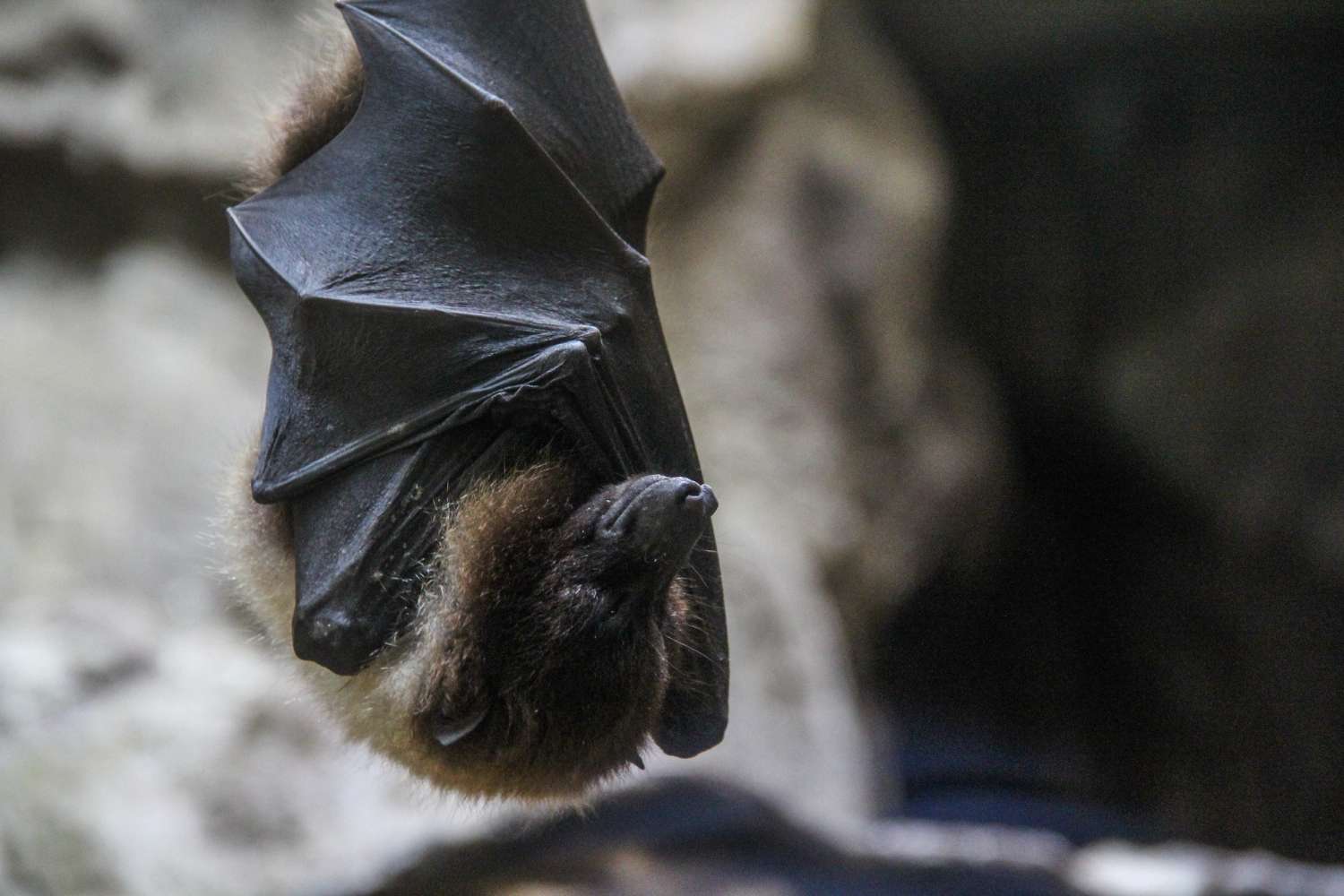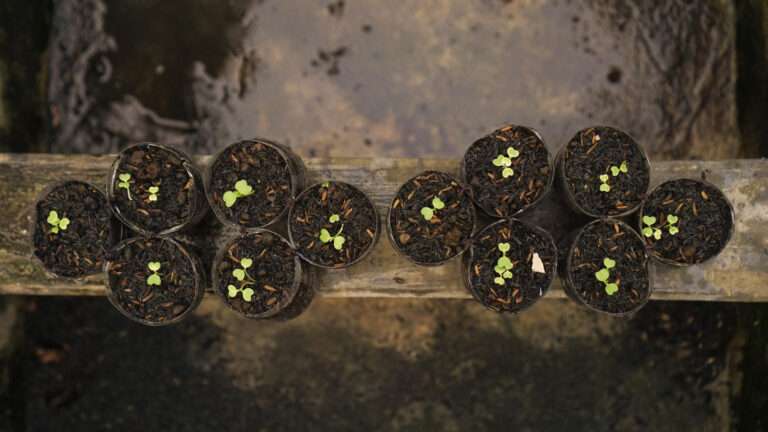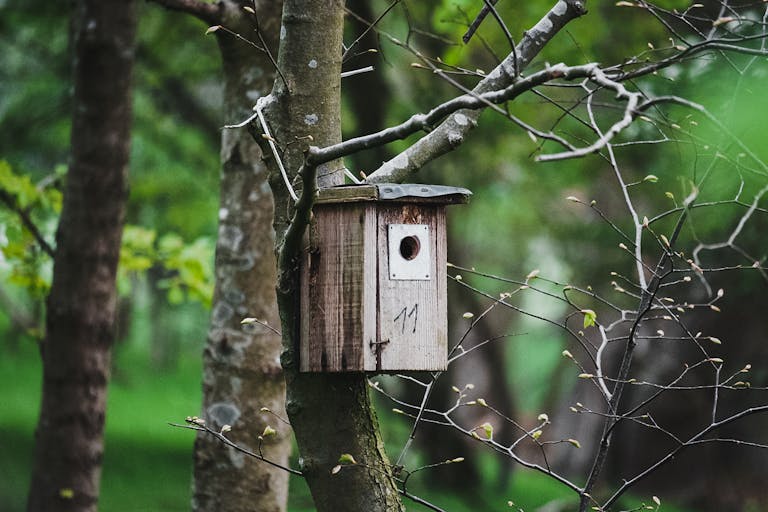Bat Hibernacula: Why Old Buildings and Caves Are Vital for Conservation
It’s easy to forget bats in winter. They’re not out swooping for moths at dusk or flickering past streetlights. The skies seem emptier, the nights quieter. But that doesn’t mean they’ve disappeared. They’re just hidden — tucked away in secret winter shelters called hibernacula.
In Britain, these can be caves, tunnels, disused mines, even the cellars of old country houses. Cold, damp, quiet places where bats can slow their heartbeat, drop their body temperature, and ride out the lean months.
It sounds simple, but the right conditions are hard to come by. And as modern life chips away at old buildings and landscapes, those places are vanishing. Which is why bat hibernacula matter — not just for bats, but for conservation as a whole.
What Is a Bat Hibernaculum?
A hibernaculum (plural: hibernacula) is a place where animals hibernate — survive winter in a dormant state. For bats, that means somewhere with stable conditions:
- Temperature around 2–10°C.
- Humidity high enough to prevent dehydration.
- Seclusion from light, noise, and predators.
They choose these spaces with care. Too cold, and they freeze. Too warm, and they burn through fat reserves too quickly.
That’s why old stone structures, caves, and cellars are so valuable — they’re naturally stable.
Why Bats Need Hibernacula
Bats are insectivores. And in the UK, insects don’t fly much in December or January. No food means no activity. Hibernation is survival.
But here’s the catch: bats aren’t out cold all winter. They rouse occasionally, moving between roosts or even feeding on mild nights. Disturbance, though, is dangerous. Every time they wake, they burn precious fat reserves. Too many disturbances and they starve before spring.
So hibernacula are more than just shelters. They’re finely tuned survival chambers.
Common Types of Bat Hibernacula in the UK
| Type | Description | Example Locations |
|---|---|---|
| Caves and mines | Natural or man-made, cool and humid | Mendip Hills, Derbyshire caves, disused Welsh mines |
| Cellars and ice houses | Old brick or stone, naturally damp | Country estates, Victorian houses |
| Tunnels | Railways, canals, culverts | Old disused railway tunnels |
| Bridges and viaducts | Gaps in masonry used for roosting | Rural stone bridges |
| Modern alternatives | Artificial bat houses, adapted bunkers | Conservation projects across the UK |
It’s often the overlooked or forgotten places that prove best.
Old Buildings: Hidden Lifelines
There’s something haunting about walking into the damp cellar of a Georgian house. Chill air, moss on the stone, silence. For bats, that’s perfect.
Historic estates across England still host wintering bat colonies, sometimes unnoticed until surveys pick them up. Ice houses — the underground chambers once used to store blocks of ice before refrigeration — are especially valued. They’re cool, dark, and stable.
The challenge is that many of these structures are collapsing, sealed off, or converted. Which means roosts vanish.
Caves and Mines: Natural and Man-Made Havens
Britain’s limestone areas are riddled with caves. Derbyshire, Yorkshire Dales, Mendips, South Wales. Many are perfect bat hibernacula. Some species, like the lesser horseshoe bat, are strongly tied to them.
Disused mines are also critical. In Wales and Cornwall, abandoned shafts and adits (horizontal mine tunnels) are hotspots for wintering bats. Conservation groups sometimes fit grills over entrances — keeping people out, but bats free to come and go.
Why Conservation Hinges on Hibernacula
Without safe hibernacula, bats simply can’t survive. And bats aren’t just another species to tick off a list. They’re indicators of ecological health. Where bats thrive, insects are plentiful, habitats diverse, ecosystems balanced.
Protecting hibernacula means protecting much more. Old structures, landscapes, forgotten corners of the countryside. It’s conservation by stealth.
That’s why habitat projects often include purpose-built shelters alongside traditional roost protection (see hibernacula wildlife shelters).
FAQs About Bat Hibernacula
Do bats hibernate all winter?
Mostly, but not in an unbroken sleep. They enter torpor and may wake during mild spells.
Can bats use garden sheds?
Occasionally, yes — if the shed is cool, dark, and undisturbed. But they prefer stone or earth structures.
How many bats use one hibernaculum?
It varies. Some may hold just one or two bats, others hundreds. Horseshoe bats often cluster; pipistrelles may be solitary.
Are bat hibernacula protected?
Yes. In the UK, bats and their roosts are legally protected. Disturbing a hibernaculum is an offence under wildlife law.
Challenges Facing Bat Hibernacula
It’s not all simple preservation. Threats include:
- Development – old barns converted, cellars filled, tunnels demolished.
- Disturbance – cavers, explorers, or even curious walkers.
- Climate change – warmer winters risk destabilising hibernation patterns.
- Lack of awareness – many landowners don’t realise bats are present.
Each issue chips away at already fragile populations.
Case Studies in the UK
- Derbyshire caves – used by Natterer’s bats, Daubenton’s bats, and Brandt’s bats in winter. Conservation grills installed to prevent disturbance.
- South Wales mines – lesser horseshoe bats rely on disused adits; many now monitored and protected.
- National Trust estates – ice houses restored and left accessible specifically for bats.
- London infrastructure – disused railway tunnels adapted as safe roosts.
They’re not dramatic interventions, but they’re critical.
Building Artificial Bat Hibernacula
Sometimes, natural or historic options don’t exist. So conservationists build artificial ones. These can be:
- Underground chambers with controlled airflow.
- Adapted bunkers or culverts.
- Specially designed bat houses.
The key is replicating the right microclimate: stable, humid, cool, dark. Not easy, but possible with the right design.
Tangent: The Strange Stillness of a Winter Roost
Step quietly into a monitored hibernaculum with a licence, and the first thing you notice is silence. Rows of tiny bats hanging motionless, their breathing imperceptible. A drip of water. The smell of damp stone. It feels almost otherworldly — like time has stopped.
It’s a reminder of how delicate, and how remarkable, hibernation is.
Hibernacula Beyond Bats
Worth noting: bats aren’t alone in using hibernacula. Reptiles, amphibians, hedgehogs — all rely on similar shelters. The concept is universal. Which means that when we protect one, we often benefit many.
The Bigger Conservation Picture
Bat hibernacula tell us something bigger. That wildlife often survives not in pristine “wild” places, but in the forgotten, the derelict, the old. A damp cellar, a disused mine, a crumbling bridge. Places most of us overlook.
Protecting them means embracing messiness and history. Not sealing every gap, not tidying every corner.
And perhaps that’s the real lesson: conservation isn’t always about creating something new. Sometimes it’s about recognising the value of what we already have.
Final Thoughts
Bat hibernacula are lifelines. Old buildings, caves, tunnels — they’re not just relics, they’re survival havens. Without them, Britain’s bats wouldn’t survive the winter.
And because bats are protected by law and vital to ecosystems, safeguarding their hibernacula is one of the most direct, effective conservation acts we can make.
So next time you pass a crumbling ice house, an abandoned tunnel, or a damp cellar, remember: it might not just be stone and shadow. It could be a winter sanctuary, holding life in stillness until spring.
Killingley Insights is the editorial voice of NT Killingley Ltd, drawing on decades of experience in landscaping, environmental enhancements, and civil engineering projects across the UK.








